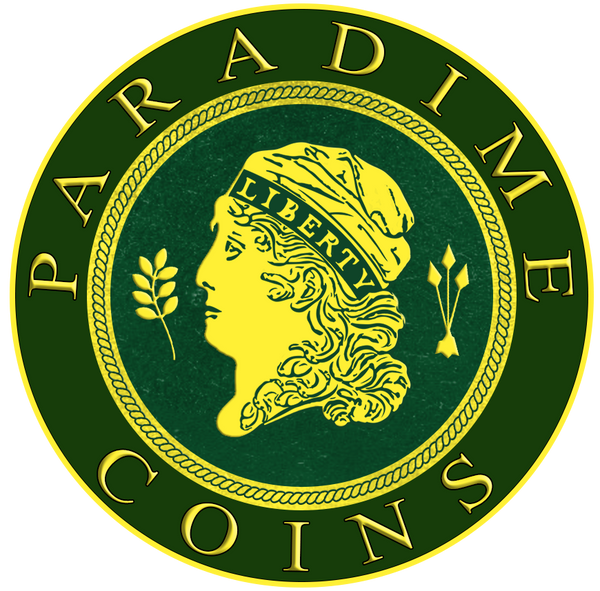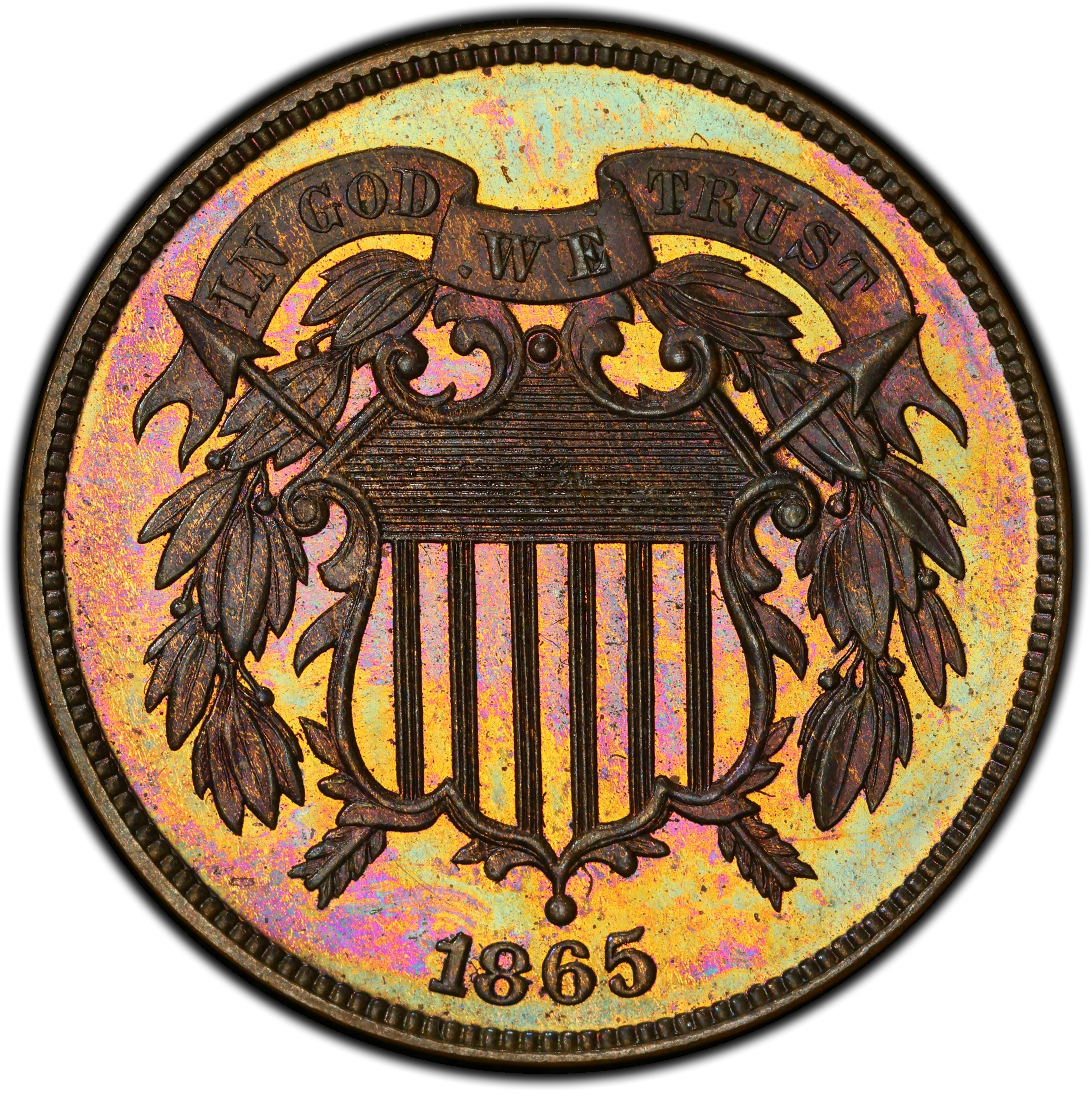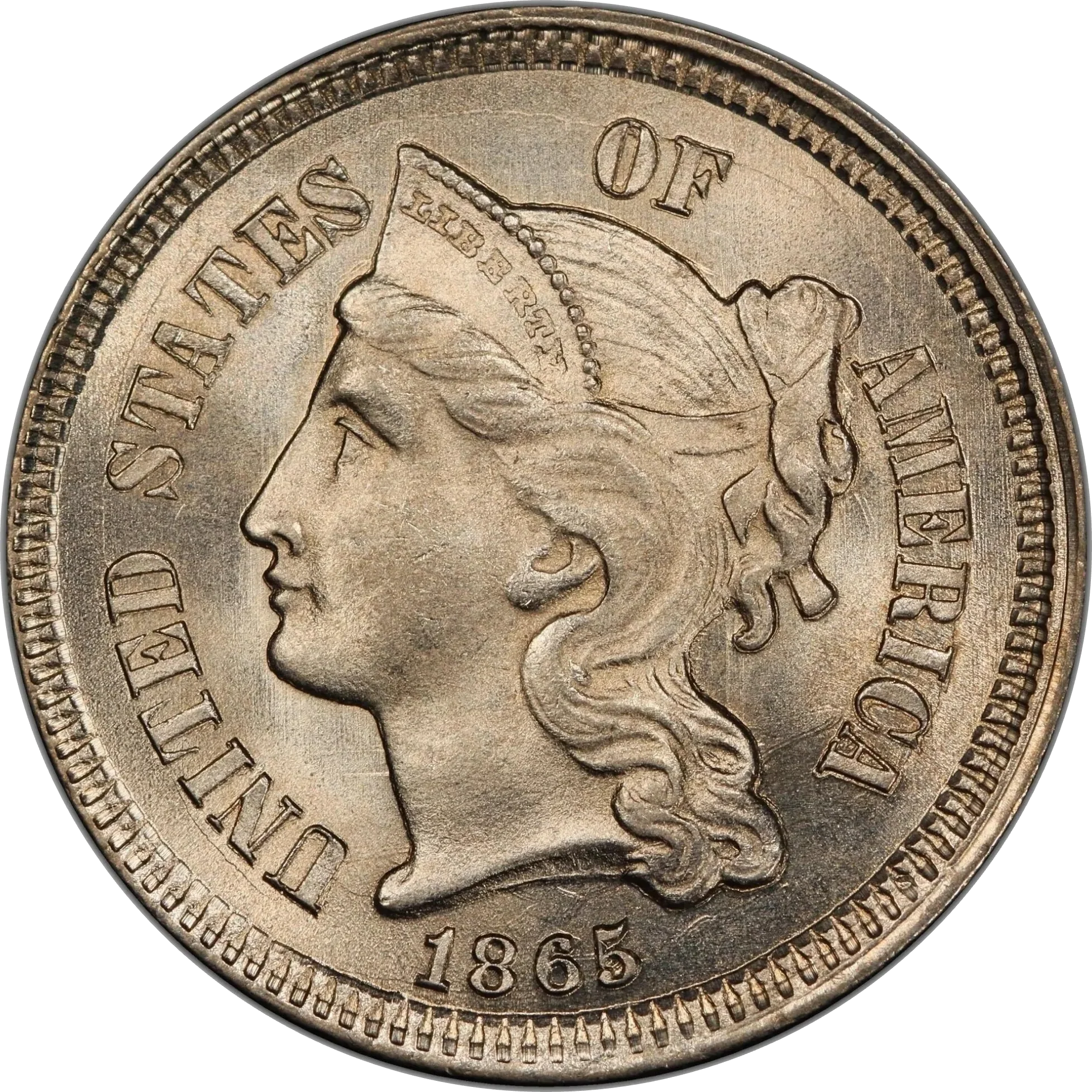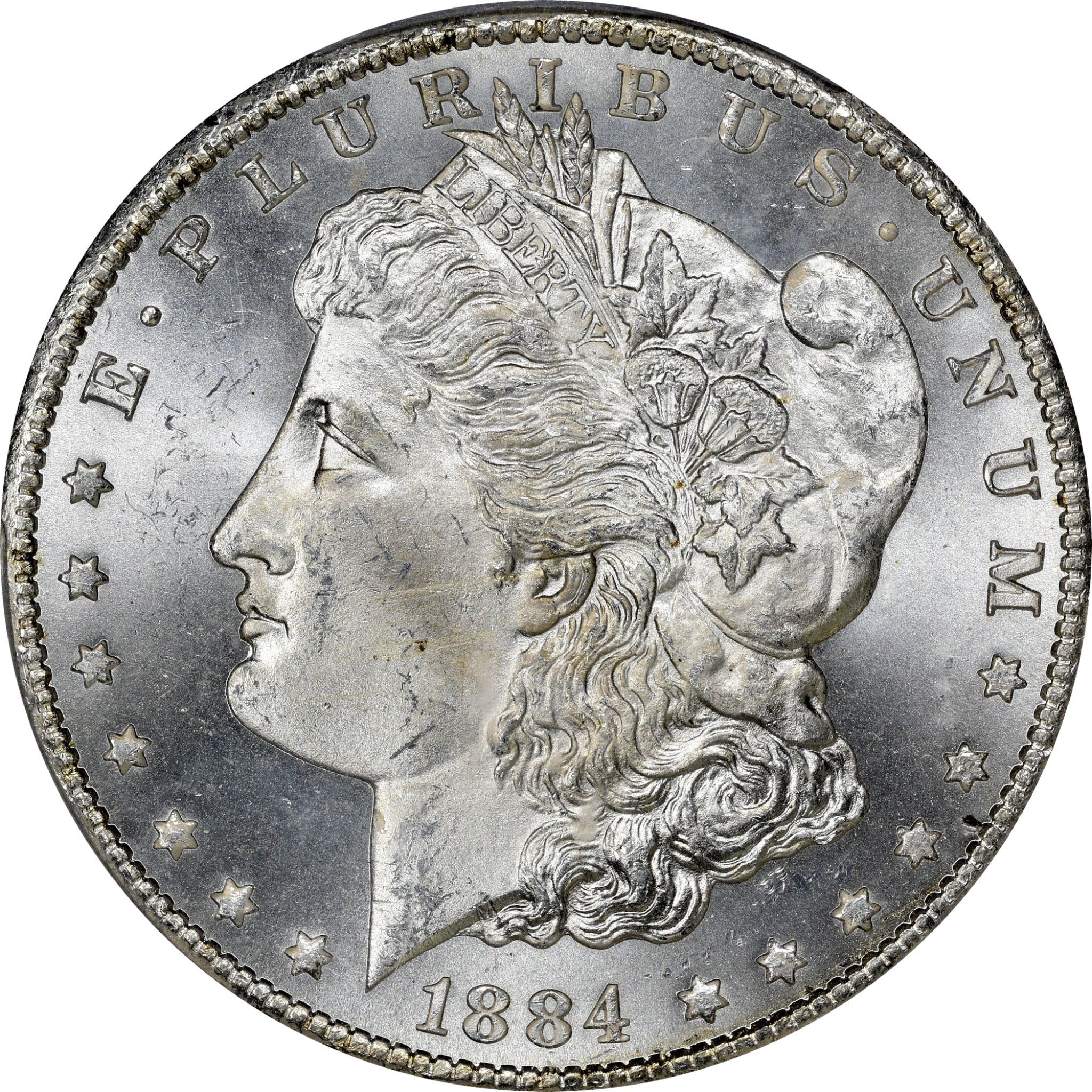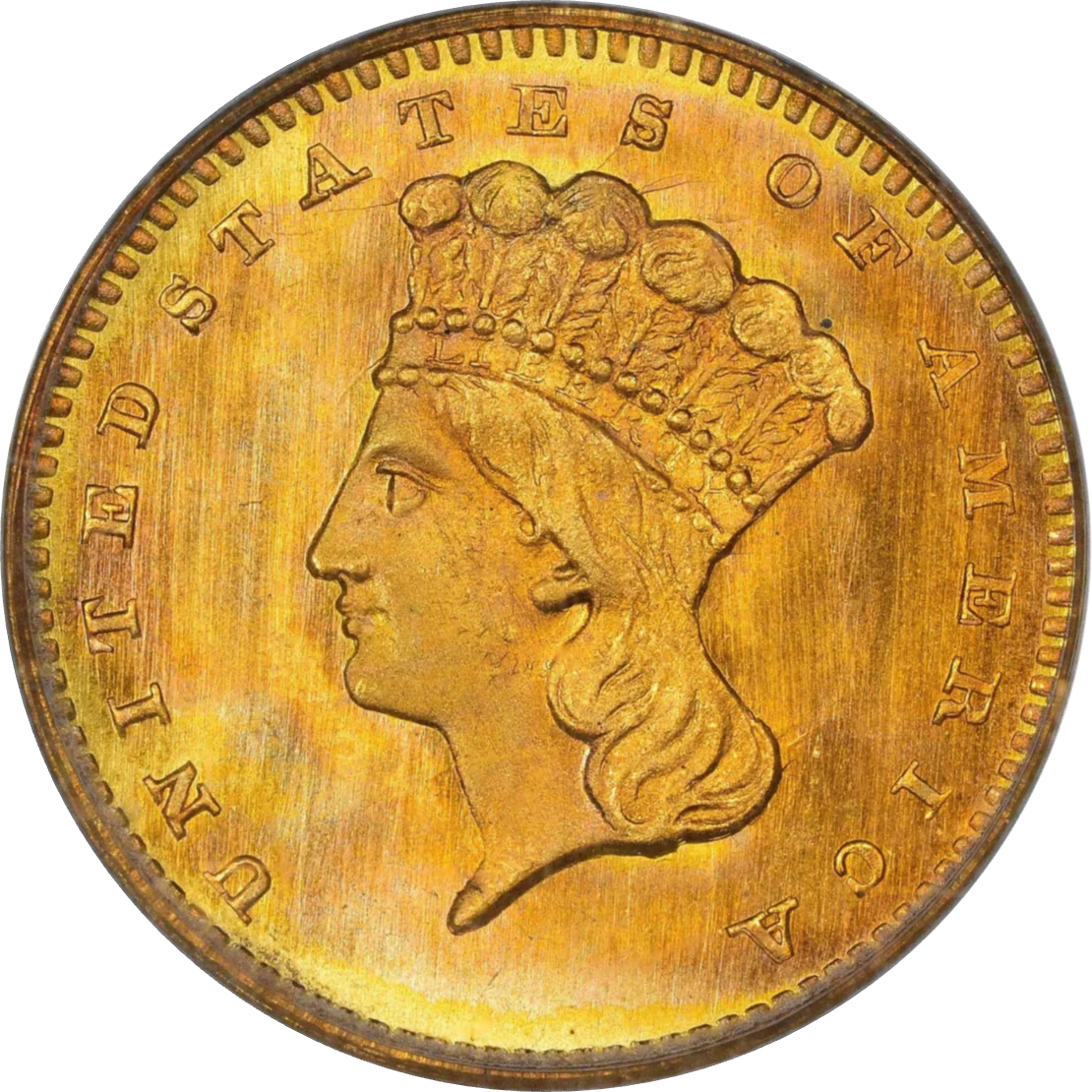Collection: Type 2, Small Head Indian Princess Gold Dollar
No products found
View All Inventory
Designed by: James Barton Longacre
Issue Dates: 1854-1856
Composition: 90% gold, 10% copper
Diameter: 15 mm
Weight: 1.67 grams (25.77 grains)
Edge: Reeded
Business Strike Mintage: 1,633,426
Proof Mintage: Fewer than 50
1854–1856 Indian Princess Head Gold Dollar – Type II | Scarce Transitional Design | Key to the Series
Read More
Designed by: James Barton Longacre
Issue Dates: 1854-1856
Composition: 90% gold, 10% copper
Diameter: 15 mm
Weight: 1.67 grams (25.77 grains)
Edge: Reeded
Business Strike Mintage: 1,633,426
Proof Mintage: Fewer than 50
1854–1856 Indian Princess Head Gold Dollar – Type II | Scarce Transitional Design | Key to the Series
The Type II Indian Princess Gold Dollar, struck from 1854 through 1856, represents a short-lived and technically challenging chapter in U.S. gold coinage. Designed by James B. Longacre, this redesign increased the diameter from the original Liberty Head type, introducing a new motif that mirrored his contemporaneous $3 gold piece and anticipated elements of the Flying Eagle cent introduced in 1856.
Design Characteristics
-
Obverse: Features the bust of a stylized Indian Princess, facing left, adorned with a feathered headdress and a band inscribed LIBERTY, with UNITED STATES OF AMERICA encircling the design.
-
Reverse: A unique agricultural wreath of corn, cotton, wheat, and tobacco surrounds the denomination 1 DOLLAR and date, reflecting the economic staples of mid-19th-century America.
Striking Challenges & Type Evolution
Due to the high central relief of the obverse portrait, these coins were notoriously difficult to strike. The metal flow into the deep recesses of Miss Liberty's headdress often resulted in weak central details on the reverse, especially on the central digits of the date. The wreath and parts of the headdress also commonly lack sharpness. These technical issues prompted a redesign in 1856, leading to the Type III gold dollar later that year.
Mints & Rarity Analysis
Type II gold dollars were struck at multiple mints:
-
Philadelphia (1854 & 1855)
-
Charlotte (C) and Dahlonega (D) (1855 only)
-
New Orleans (O) (1855)
-
San Francisco (S) (1856 only)
Among these, the 1855-C and 1855-D are recognized rarities, each commanding a significant premium across all grade levels.
Collector Insights & Market Availability
-
Scarcity: The Type II is the rarest design among the three gold dollar types.
-
Grades: Philadelphia issues from 1854 and 1855 are the most accessible for type collectors, commonly available in Very Fine to About Uncirculated grades.
-
Mint State examples are scarce, and superb Uncirculated coins are seldom encountered.
-
Striking Weakness: Most pieces display soft detail at the reverse center—an authenticity hallmark of the type rather than a flaw.
Why Collect the Type II Gold Dollar?
-
Essential for a complete U.S. gold type set
-
Represents a key transitional design in the gold dollar series
-
Offers strong numismatic value and scarcity
-
Striking challenges and mint variety provide rich collector depth
Explore our curated inventory of certified Type II Gold Dollars, ideal for both advanced and emerging collectors. Whether you seek an attractively toned VF example or a lustrous near-Gem survivor, this short-lived yet historically significant design is a true cornerstone in American numismatics.
